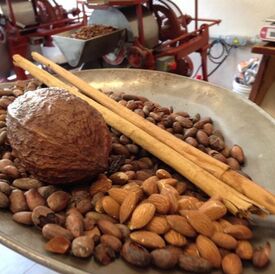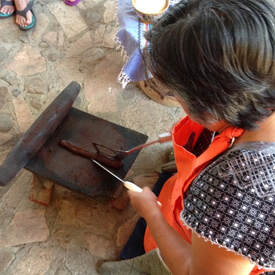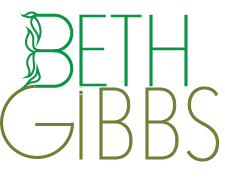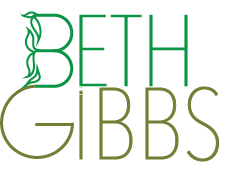ENLIGHTEN UP! a blogSelf-awareness stories: lighting our way to clarity, contentment and resilience in a complicated world.
|
 Chocolate Shop, Oaxaca, Mexico Chocolate Shop, Oaxaca, Mexico They say bread is the staff of life. I disagree. As difficult as it might be, I could live without bread. I don’t think I could live without chocolate. As long as there are cacao beans growing on the planet, someone will roast’em, crush’em, and flavor’em and I will eat the finished product. I’ve tasted it all, dark, light, white, and everything in between. I’ve chewed it, brewed it, crunched it, munched it, baked it and flaked it. If there is such a thing as an addiction to chocolate then I’m a chocoholic and I have no interest in being rehabilitated. All kidding aside, I love chocolate but addiction to anything, food included, is not a laughing matter. However, when consumed in moderation (the key to pretty much everything in life), chocolate can be center stage in family and friend gatherings, holiday rituals and parties. Unfortunately, many of those in-person events will be on the back burner until our ride on the Corona-coaster is over. But eating chocolate can be a solitary, social distancing, mask-free pleasure, and if you love chocolate, you know that eating it is a delicious, exquisite and blissful experience. Chocolate has a long history among humans. It is believed to have begun in Mesoamerica, specifically with the Incas in Peru and the Aztecs in Mexico. The word "chocolate" comes from the Classical Nahuatl word chocolātl. The Aztecs believed that cacao seeds were the gift of Quetzalcoatl, the god of wisdom. The seeds held high value and were used as a form of currency and in rituals such as human sacrifice (shudder) and marriage ceremonies (sweet). First, the beans were harvested, fermented, roasted, and ground into a paste. The paste was mixed with hot water and spices, such as chili, vanilla, allspice, and honey. Then they frothed the mixture by pouring it back and forth between two containers. The chocolate drink was believed to be an aphrodisiac and to give the drinker strength. Fermented beverages made from chocolate date back to 450 BC. Legend has it that in 1522, a group of nuns in a convent in Oaxaca, Mexico began adding sugarcane to their cocoa drinks. In the 1850s Spanish Conquistadores introduced it to Europe and chocolate, as we know it today, was born. Chocolate is still considered a special, spiritual and ritualistic item. In 1953, Sir Edmund Hillary and Tenzeng Norgay, the first men to climb to the top of MT Everest actually buried a chocolate bar there as an offering to the gods of the mountain. Eating dark chocolate is healthy. Here are seven evidence-based benefits from Healthline.com. 1. Contains fiber, healthy fats and a boat load of minerals 2. Powerful source of antioxidants, as much or more than blueberries 3. May improve blood flow and lower blood pressure 4. Raises HDL (“good” cholesterol) 5. May reduce heart disease risk 6. May protect your skin from the sun 7. Could improve brain function  Making Chocolate, Oaxaca, Mexico Making Chocolate, Oaxaca, Mexico My search to find the perfect chocolate ended unexpectedly on a trip to Oaxaca, Mexico. The group I traveled with visited a chocolate shop where we watched it being manufactured in small batches. The next day at Seasons of My Heart cooking school we made it by hand. We took the roasted beans and ground them with a mano and metate (the Mexican version of a mortar and pestle), added spices, a little sugar and kept grinding until it turned into a thick paste, which was mixed with water and greedily consumed on the spot. Then we tasted the finished bars from the gift shop – What an eye-opener! I brought several home. I was so impressed that I wrote a verse about it. Making chocolate from scratch, oh, boy! Mixed with water and drunk warm, oh joy! Dark chocolate, full of texture and taste, What perfection! I’ve been graced. Thanks to Quetzalcoatl who gave us the seed, It’s the healthiest obsession, I’ll ever need. As a result of that experience, I am now a superfan of Mexican dark chocolate, which is chocolate without milk solids added. The Mexican chocolate I prefer comes in round discs that are made with less sugar than most other types, and no additives like soy lecithin. I like the grainy texture and mouth feel of this chocolate. It was a revelation to make and to taste. It took a bit of research to find a local source but I found one at www.tazachocolate.com. They have a small chocolate operation in Somerville, MA. Not only do they make Mexican chocolate, they have personal relationships with the cacao growers who provide them with organic beans. It’s probably the least-processed chocolate you can find in the US. I take one or two pieces in the morning with breakfast – like a daily vitamin. I think the way you experience chocolate says a lot about how you experience life. Here’s one way to deepen your relationship with chocolate using your five senses. A Chocolate Meditation I first experienced a version of this chocolate meditation, at a local yoga studio. Since then I realize that I have an interesting choice to make each time I eat it. I can have a chocolate quickie, or I can extend the experience for greater pleasure and satisfaction. Practicing this chocolate meditation helps us witness the full five-sense experience of eating a piece of chocolate. Instructions
Remember this connection between life and chocolate: “Life is like a box of chocolates. You never know what you're gonna’ get.” — From the film "Forrest Gump" My self-awareness newsletter is published six times a year. It features informative, inspiring and entertaining tips for finding clarity, contentment, and resilience in a complicated world. Sign up here.
1 Comment
|
Archives
July 2024
AuthorBETH GIBBS started her yoga practice in 1968, four months after her son was born and she’s been practicing ever since. She currently teaches all levels therapeutic yoga classes for adults, and specialty classes for seniors in the Hartford, Connecticut area. Beth is a certified yoga therapist through the International Association of Yoga Therapists and is guest faculty at the Kripalu School of Integrative Yoga Therapy. She writes for the blogs, Yoga for Healthy Aging, and Accessible Yoga. Her master’s degree from Lesley University in Cambridge, MA is in Yoga Therapy and Mind/Body Health. Categories |
|
|
Enlighten Up! a Blog
|
Copyright © 2023 Beth Gibbs

 RSS Feed
RSS Feed
